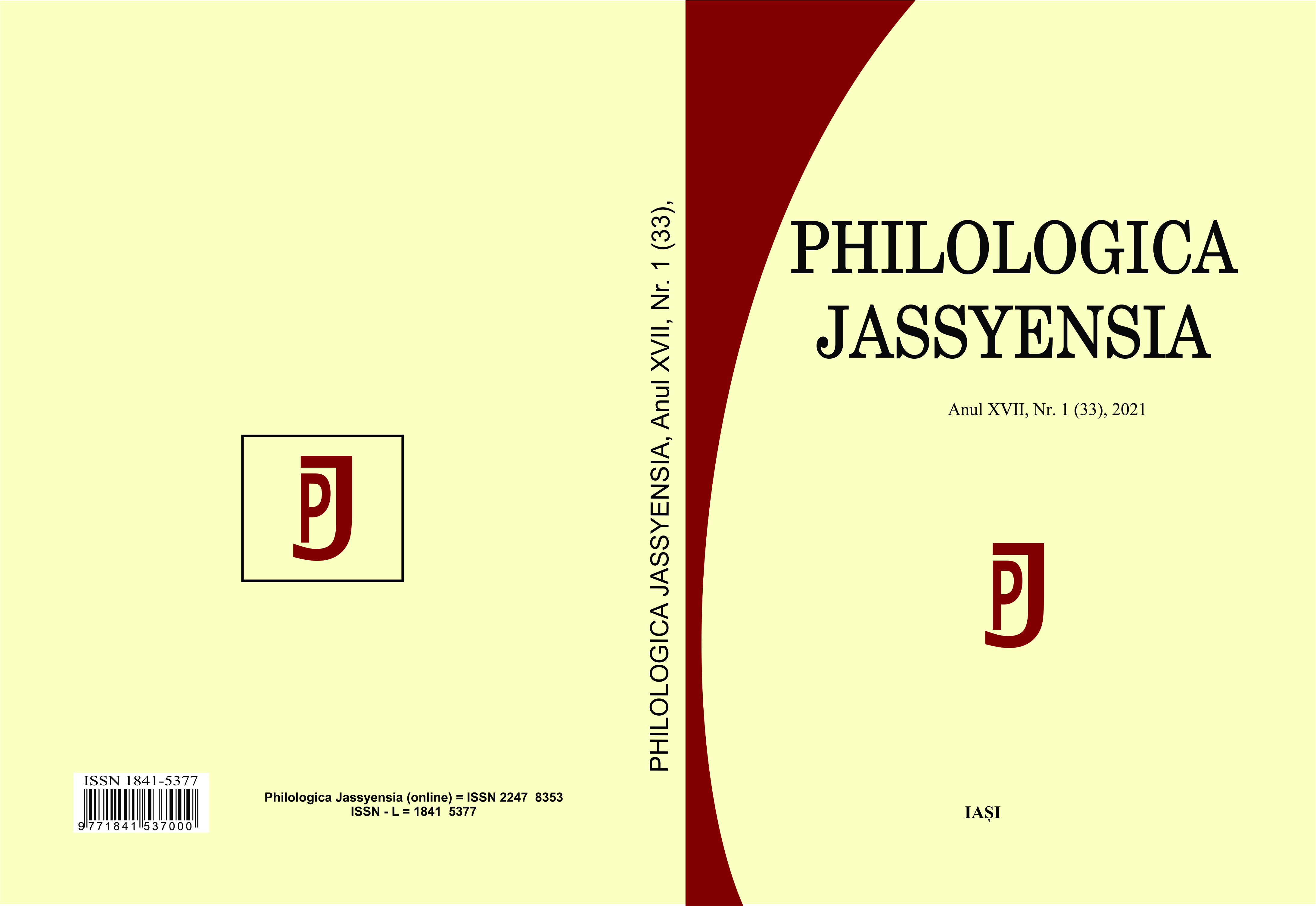E. M. Forster’s Ciphers, Puns and Ambiguities
E. M. Forster’s Ciphers, Puns and Ambiguities
Author(s): Dana BădulescuSubject(s): British Literature
Published by: Editura Tracus Arte
Keywords: cipher; “genius loci”; pun; ambiguity; the seen; the unseen;
Summary/Abstract: This study starts from the premise that a writer, and E. M. Forster makes a case in point, will always be a good reader of signs, be those the signs one discerns in the natural environment or the signs in the shape of letters forming words in a text. Forster wrote his first short story under the impression of the signs his eyes beheld in the Italian landscape of a valley, which suggested a plot of a fantastic nature to the then young man who found himself “in a receptive state” (Forster 1983: 290). Much later, in his most accomplished novel A Passage to India, Forster challenged his readers’ perception of the abstract geography of “fists and fingers” (Forster 2005: 7) in the remote distance to build the whole text in the key of a cipher. In the same key, pun and ambiguity contribute to the reader’s sense of active participation in decoding a prose of many-layered and deferred meanings.
Journal: Philologica Jassyensia
- Issue Year: XVII/2021
- Issue No: 1 (33)
- Page Range: 133-141
- Page Count: 9
- Language: English

